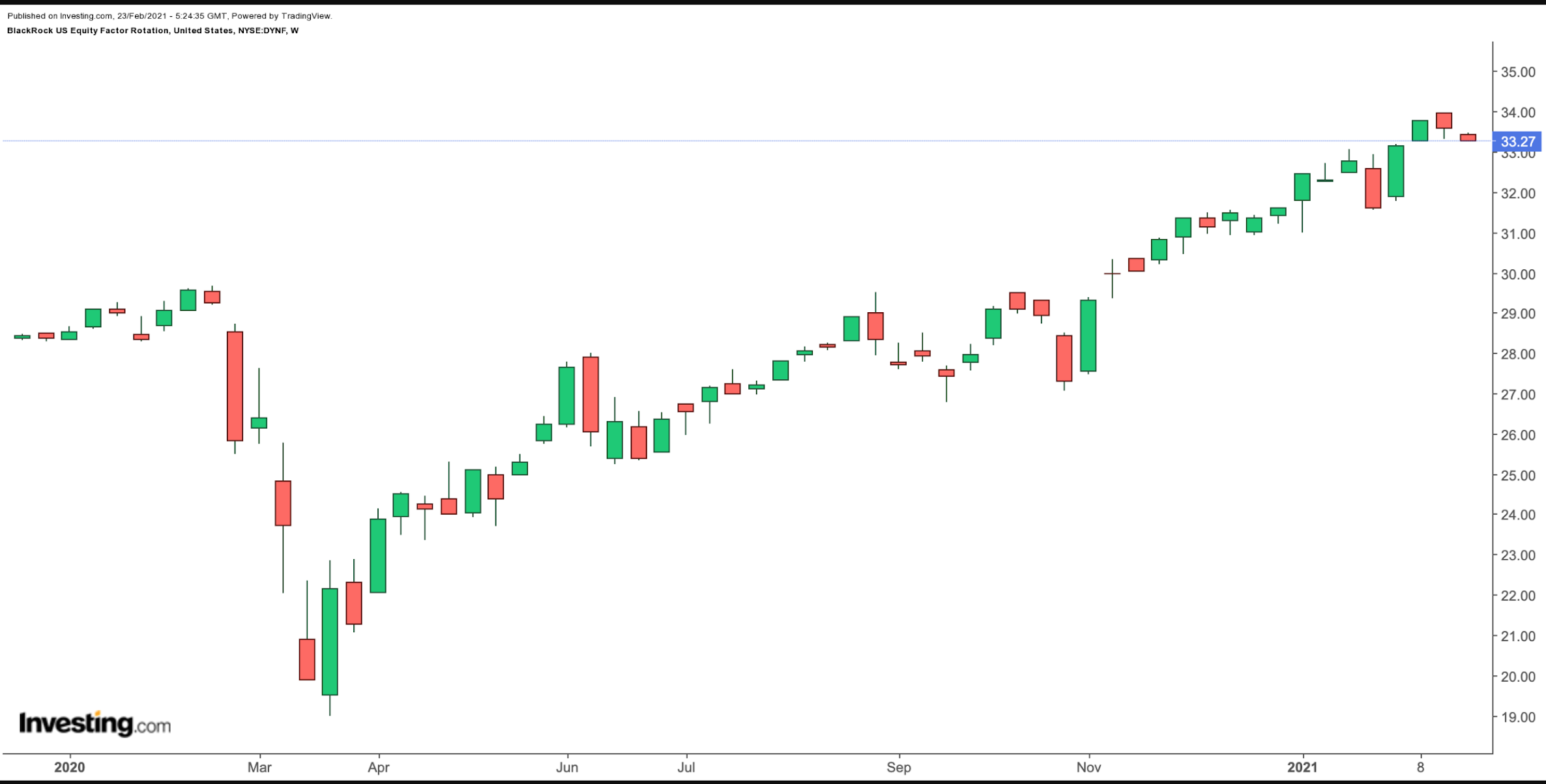An actively managed exchange-traded fund (ETF) invests in financial assets, including stocks, bonds, currencies or commodities, selected by its fund manager rather than passively following a benchmark index or a rules-based strategy.
Index-based passive ETFs track the returns of an underlying market index, which is defined by a rulebook. Its fund manager, for the most part, duplicates the performance of that index.
Actively managed or active ETFs try to beat the performance of an index. Thus, the potential for higher returns is the main attraction behind active funds. Active ETFs also tend to be more flexible, as managers of those funds can alter their holdings more rapidly.
There are currently two types of actively managed ETFs. Late 2019 saw the US Securities and Exchange Commission (SEC) give the green light to actively-managed non-transparent ETFs, which do not require fund managers to disclose their holdings daily. Such active funds are also known as semi-transparent ETFs.
As a result of this regulatory development, the number of semi-transparent ETFs is likely to increase in the future. The reason? Not all managers want to publicly release their "competitive edge" in security selection and portfolio construction.
Now, the SEC does not require them to share their proprietary research, or the "secret sauce" behind their potentially higher returns. Some managers believe front-running, whereby a third-party copies the fund manager's strategy and makes the same trade, sometimes even before the ETF, had been a significant issue, until the SEC approval of semi-transparent ETFs.
While the asset management industry is evolving, the discourse around "active versus passive management" is becoming more heated. Research on whether active ETFs have the potential to achieve better investment outcomes is also growing.
According to S&P Global, which releases annual results and comparison tables, most actively managed funds frequently lag behind their benchmarks. Going forward, the debate between skeptics and believers in the superior returns that can be achieved by active ETFs will likely continue.
With that information, here is an actively-managed ETF that might appeal to readers who believe fund managers can deliver more than the so-called average returns.
BlackRock US Equity Factor Rotation ETF
Current Price: $33.27
52-Week Range: $18.99 - $33.97
Dividend Yield: 1.57%
Expense Ratio: 0.3% per year
The BlackRock US Equity Factor Rotation (NYSE:DYNF) is an actively managed fund launched in March 2019. Net assets under management stand close to $78 million. In other words, it is still a small fund.

DYNF, which currently has 618 holdings, invests in firms that fund managers believe will do well based on forward-looking insights. The ETF concentrates on factor investing, which BlackRock defines as:
"An investment approach that involves targeting specific drivers of return across asset classes. Investing in factors can help improve portfolio outcomes, reduce volatility and enhance diversification."
The factors chosen by DYNF are:
- quality (i.e., financially healthy firms),
- value (i.e., stocks that are trading at lower prices relative to their fundamentals),
- size (i.e., mostly small-capitalization shares that have high growth potential),
- momentum (i.e., stocks that are trending up) and
- lower volatility (i.e., more stable and lower-risk stocks).
The active strategy employed involves a dynamic rotation of factors as fund managers tilt the portfolio toward or away from these five factors as they deem appropriate.
In terms of sectors, information technology (IT) has the highest allocation (28.15%), followed by health care (14.15%), consumer discretionary (12.03%), communication (9.55%), financials (9.25%) and others.
Close to 13% of assets are in the top 10 names, which means short-term changes in the price of a given stock would not affect the value of the ETF. Intel (NASDAQ:INTC), Microsoft (NASDAQ:MSFT), AT&T (NYSE:T), Apple (NASDAQ:AAPL), Tesla (NASDAQ:TSLA) and Micron Technology (NASDAQ:MU) lead the names in the roster.
Over the past year, DYNF returned close to 15%. In 2021, the fund is up 6.3% and hit a record high on Feb. 16.
We like the diversification of the fund coupled with the experience of the fund sponsor. Buy-and-hold investors could consider getting in on the dips. In the coming weeks, we plan to cover other active ETFs.
